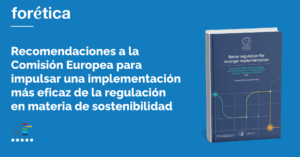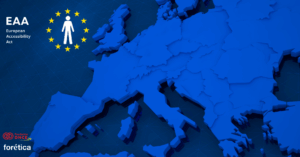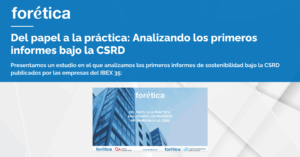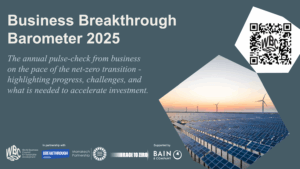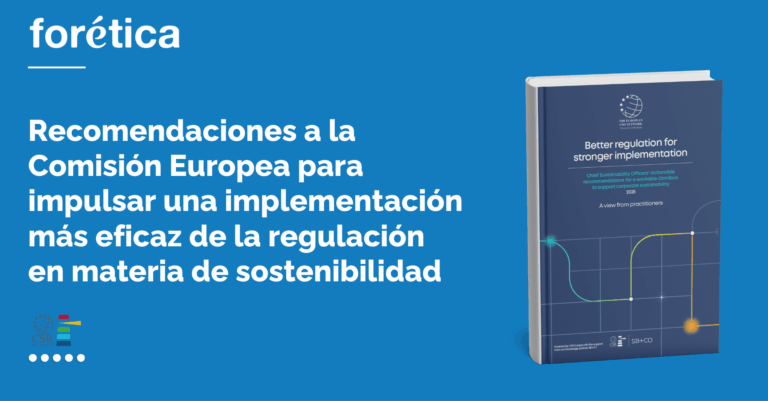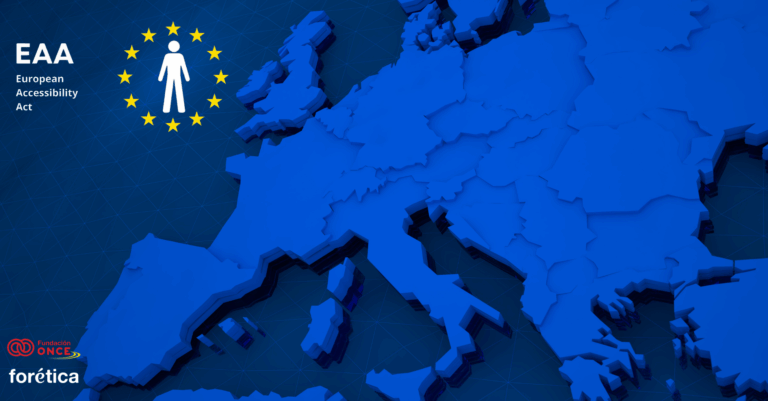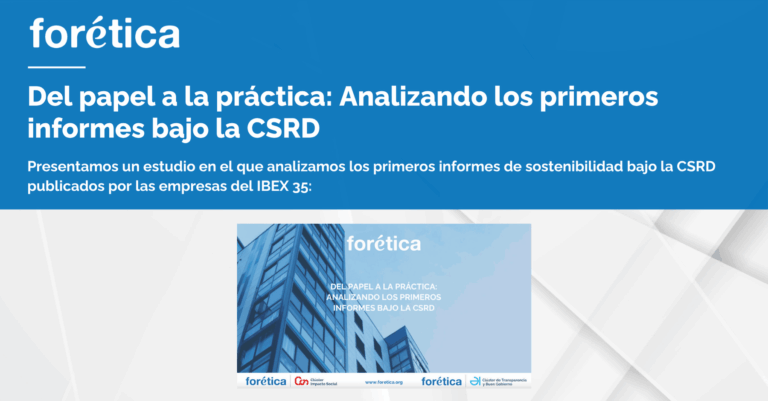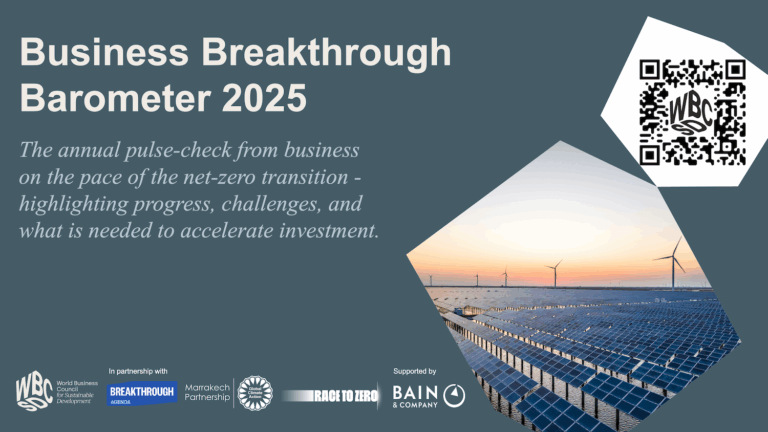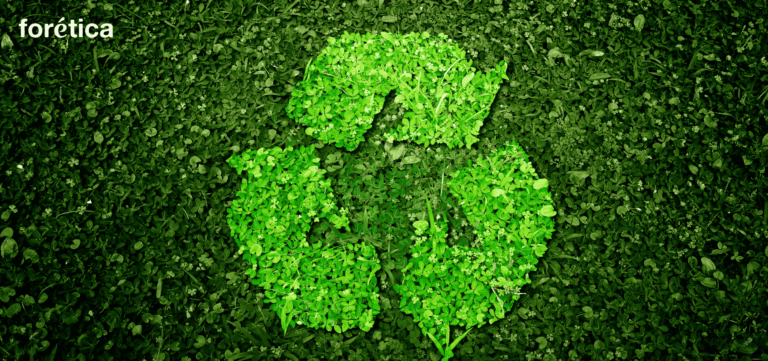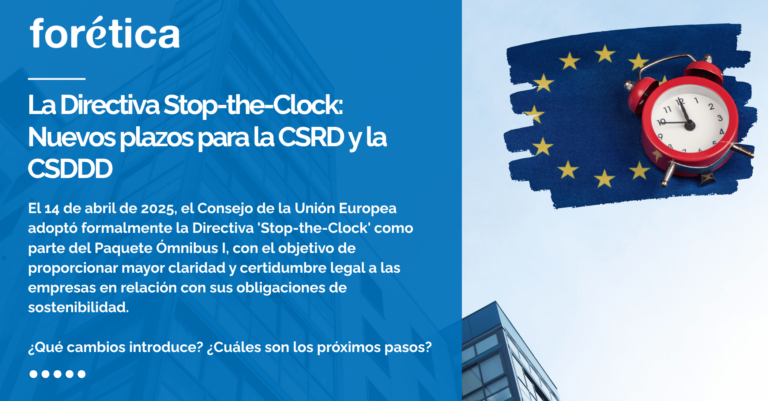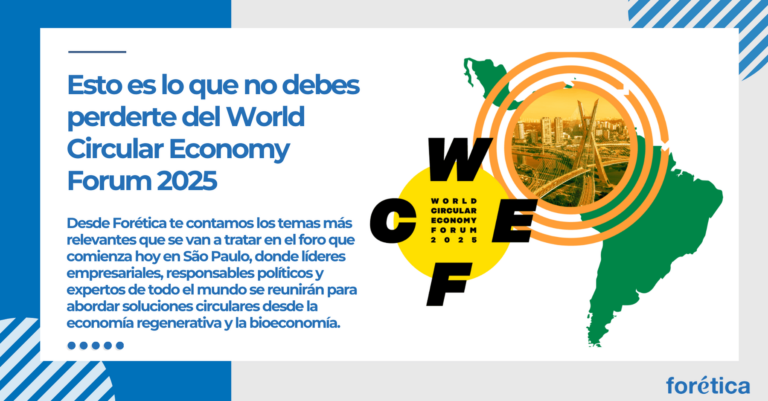¿Qué es la economía circular?
La economía circular tiene como objetivo la producción de bienes y servicios de una forma más eficiente y respetuosa con el medio ambiente, reduciendo los consumos de energía, agua y materias primas.
¿Qué es un análisis de ciclo de vida (ACV)?
El Análisis de Ciclo de Vida es una metodología impulsada por la Comisión Europea y que integra los requisitos de la economía circular. El ACV es una herramienta de gestión ambiental y/o social cuya finalidad es analizar el impacto de un proceso, un producto o una organización. Es una metodología multi-etapas (durante las fases de su ciclo de vida) y multi-criterios (tomando en cuenta varios indicadores).
Cuando hablamos de ACV ambiental (ACVa), los indicadores están relacionados con impactos como el cambio climático, los vertidos, los residuos, etc; mientras que cuando hablamos de ACV social (ACVs), los indicadores están asociados a aspectos socioeconómicos, la salud y la seguridad.
¿Cuáles son las líneas directrices para un ACV?
El primer paso es la selección de las categorías de impacto ambiental a considerar en el estudio. Estas categorías se corresponden con los impactos ambientales más relevantes, lo cuales serán cuantificados en la Evaluación del Impacto del Ciclo de Vida (EICV) del producto o servicio en estudio. El ACVa se rige por la norma internacional ISO 14040 (descripción general) y 14044 (marco metodológico).
En cuanto a los ACVs, se fundamentan en las líneas directrices de la UNEP y se soportan en bases de datos y el diseño de programas informáticos en la que pueden posteriormente participar otras partes interesadas.
¿Cómo realizar un ACV?
Un ACV tiene como principal objetivo la identificación de los impactos medioambientales del producto o servicio, más allá de un enfoque monocriterio, centrados principalmente en
las emisiones de gases de efecto invernadero. La elección de los indicadores es clave para permitir tener elementos de seguimiento a lo largo del tiempo y, por lo tanto, también consolidar los análisis entre ellos, en particular por rangos de productos o servicios. Por otro lado, es posible agregar indicadores cualitativos al seguimiento del desempeño del producto y a veces no deben limitarse a los resultados de mejora, que a veces pueden parecer poco significante por unidad de producción y sin embargo tener una implicación relevante a nivel de la instalación productiva.
La utilización de un programa informático que permita realizar los diagnósticos ambientales debe realizarse con precaución, integrando una visión global real de los problemas a tratar. Se debe formular la pregunta del usuario principal, así como la del uso final de este tipo de herramienta, y el enlace, central o no, con el uso de herramientas de diseño convencionales.
¿Qué es el pacto español para la economía circular?
Los Ministerios de Agricultura, Pesca y Alimentación y para la Transición Ecológica así comoel de Economía, Industria y Competitividad han impulsado el Pacto por la Economía circularcon objeto de implicar a los principales agentes económicos y sociales de España en la transición hacia un nuevo modelo económico.
Conclusión
El ACV es la herramienta clave para el diseño ecológico y, como tal, es una pieza clave en el diagnóstico de cara a la integración de las estrategias de RSC y economía circular en cualquier empresa.



